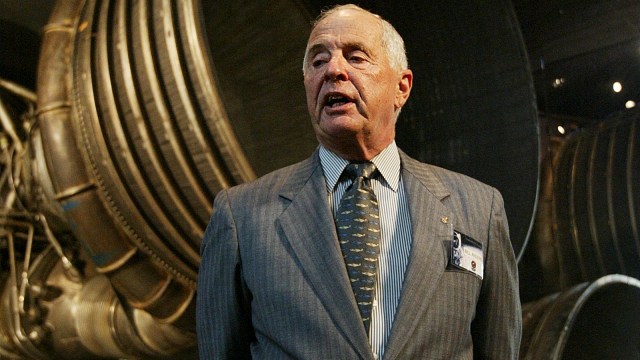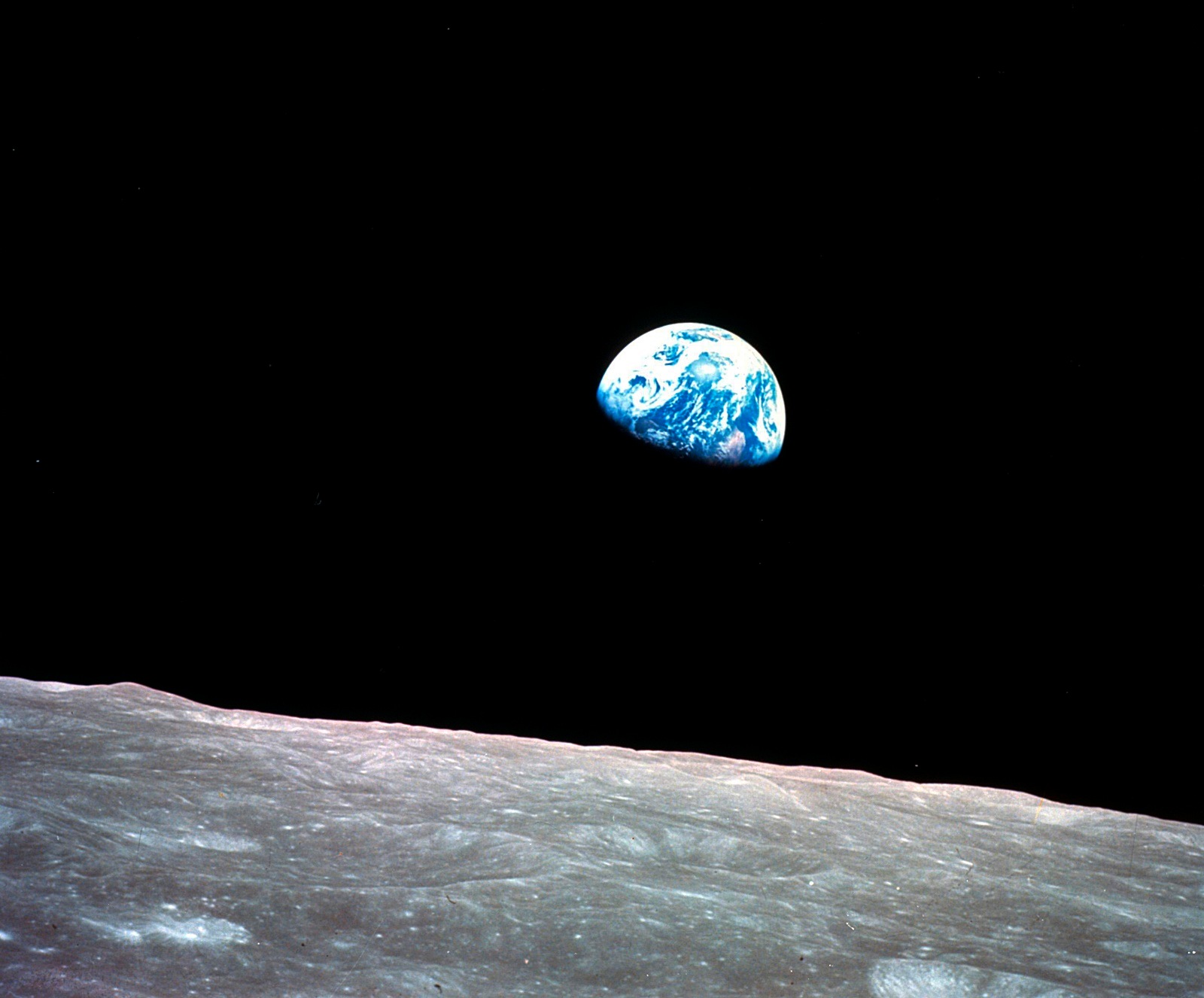Who was William A Anders, astronaut who took famed ‘Earthrise’ photo?
Anders, an astronaut on the Apollo 8 mission described Earth as a ‘gorgeous, colourful, beautiful planet coming up over the ugly lunar horizon.’
 Apollo 8 Lunar Module Pilot Gen. William Anders. (Photo: AP)
Apollo 8 Lunar Module Pilot Gen. William Anders. (Photo: AP)What was supposed to be a stepping stone for the infamous Apollo 11 landing on the moon by the US, turned out to be the biggest inspiration for the modern environmental movement. Major William Alison Anders was one among the three astronauts to orbit the moon on the Christmas Eve of 1968 , for the Apollo 8 mission. The first humans to leave the Earth’s orbit on a dangerous mission, these three astronauts captured significant and awe-inspiring pictures of the Earth from lunar orbit.
William Anders, who was 35 at that time and the youngest astronaut in the crew, captured the ‘Earthrise’ — the first coloured picture of the Earth. Anders described it as a “gorgeous, colourful, beautiful planet coming up over the ugly lunar horizon”, in a 2015 Forbes interview. The picture gave the world an insight on how the Earth looked on the backdrop of space.
Born to an American Navy lieutenant on October 17, 1933, in Hong Kong, Anders served as a backup crew for Apollo 11 but the Apollo 8 mission was the only time he flew to space.
Anders expressed later that he was at the “right place at right time” to capture the beautiful Earth which almost looked like a “Christmas tree ornament.” While he was supposed to click pictures of lunar craters and approaches to future landing sites, he felt he could not keep the phenomenon to himself. “Earthrise isn’t that good of a picture if you really look at it, it’s not quite in focus. Photographers are probably jealous it was picked as one of the top pictures of the Twentieth Century,” said Anderson in the Forbes interview.
 This Dec. 24, 1968, file photo made available by NASA shows the Earth behind the surface of the moon during the Apollo 8 mission. Retired Maj. Gen. William Anders, the former Apollo 8 astronaut who took the iconic “Earthrise” photo showing the planet as a shadowed blue marble from space in 1968, was killed on Friday.
This Dec. 24, 1968, file photo made available by NASA shows the Earth behind the surface of the moon during the Apollo 8 mission. Retired Maj. Gen. William Anders, the former Apollo 8 astronaut who took the iconic “Earthrise” photo showing the planet as a shadowed blue marble from space in 1968, was killed on Friday.
The Apollo 8 mission was significant in reviving the American spirit affected by the painful year of the Vietnam War, the assassinations of Martin Luther King Jr. and Robert F. Kennedy, antiwar protests and racial disturbances. “In the beginning God created the heaven and the Earth. And the Earth was without form, and void; and darkness was upon the face of the deep”, read Anderson from the Book of Genesis on live TV.
“In retrospect I wish I would have taken more pictures, but Frank was concerned about whether we were rested or not so he forced Lovell and I to go to sleep which probably made sense’’, said Anders for the NASA Oral History Project. He later expressed that the press and people on the ground had kind of forgotten their ‘history-making voyage’. “Here we came all the way to the moon to discover Earth,” said Anders.
William Anders’s NASA Biography mentions that he was a pilot for the American air-force who also served on the Atomic Energy Commission, as the US chairman of the joint US-USSR technology exchange program for nuclear fission and fusion power, and as ambassador to Norway.
Before his tragic death in a plane crash on June 8, 2024, Major Anders lived in Washington State, where he and his wife founded a flight museum in 1996.
- 01
- 02
- 03
- 04
- 05































